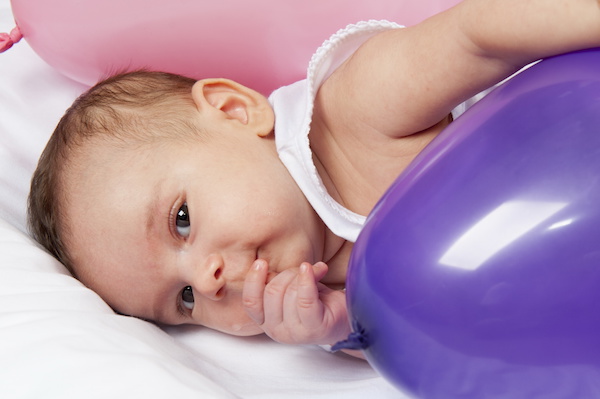
MONDAY, April 18 (HealthDay News) — Gay youths are much less likely to attempt suicide when they live in communities where they feel they have some support, either through gay/lesbian groups at school or simply because more same-sex couples live in the area, new research has found.
According to a report published online April 18 in Pediatrics, lesbian, gay and bisexual (LGB) youths who live in a nonsupportive social environment are five times more likely than their “straight” peers to try to kill themselves.
“While there are a small number of prior studies that have demonstrated that school climate makes a difference for LGB students, this study is important because it extends our understanding to the broader surroundings of the community in which students and schools are situated,” said Stephen T. Russell, a professor and director of the Frances McClelland Institute for Children, Youth and Families at the University of Arizona in Tucson.
“The study shows that the population density of same-sex couples … is a strong and stable measure of the community/school climate and that this has a direct influence on the well-being of LGB youth,” added Russell, who was not involved in the study.
According to the study’s author, Mark L. Hatzenbuehler, a Robert Wood Johnson Foundation scholar at Columbia University’s Mailman School of Public Health in New York City, “previous studies showed that gay youth are more likely to attempt suicide.”
Real-life experience has backed up that statement. In a one-month period last fall, the media reported on four incidents in which LGB youth committed suicide after being bullied because of their sexual orientation.
In addition, a survey conducted by the New York-based Gay, Lesbian and Straight Education Network found that nearly nine of every 10 gay, lesbian bisexual or transgendered middle and high school students said they were physically or verbally bullied in 2009.
To help counter this, syndicated sex columnist Dan Savage, who is gay, launched the “It Gets Better” campaign last September. Its YouTube site features successful gay adults from all walks of life talking about their experiences with bullying — and how they came through it.
Hatzenbuehler’s study was “one of the first to examine the role of environment” in bullying and suicides, instead of focusing on such individual risk factors as depression, which previous studies had done, he said.
The study also did not rely on the teens’ own perceptions of their social environment but instead developed a set of five more objective factors to characterize the environment. They were:
- The proportion of same-sex couples living in the county
- The proportion of registered Democrats living in the county. Hatzenbuehler said that earlier studies had indicated that political ideology was associated with attitudes toward sexuality.
- Whether the school had a gay-straight alliance
- Whether the student handbook specified anti-bullying policies
- Whether the handbook included anti-discrimination policies based on sexual orientation
Hatzenbuehler surveyed almost 32,000 11th-grade students in 34 counties in Oregon, 4.4 percent of whom were LGB. He found that almost 22 percent of LGB youth had attempted suicide in the past year, compared with only 4.2 percent in the heterosexual population.
But living in a more supportive environment reduced that risk by 20 percent. A supportive environment was also linked with a 9 percent lower risk for attempted suicide among heterosexual teens.
“This is a road map for how we can begin to reduce suicide attempts among LGB youth,” Hatzenbuehler said. “There are three relatively straightforward things we can do. If we allow gay/lesbian alliances in schools and include anti-discrimination and anti-bullying policies in student handbooks, we can really reduce suicide attempts.”
“Attempting suicide is not something inherent to being gay,” he said.
More information
Mental Health American has more on bullying and gay youths.

